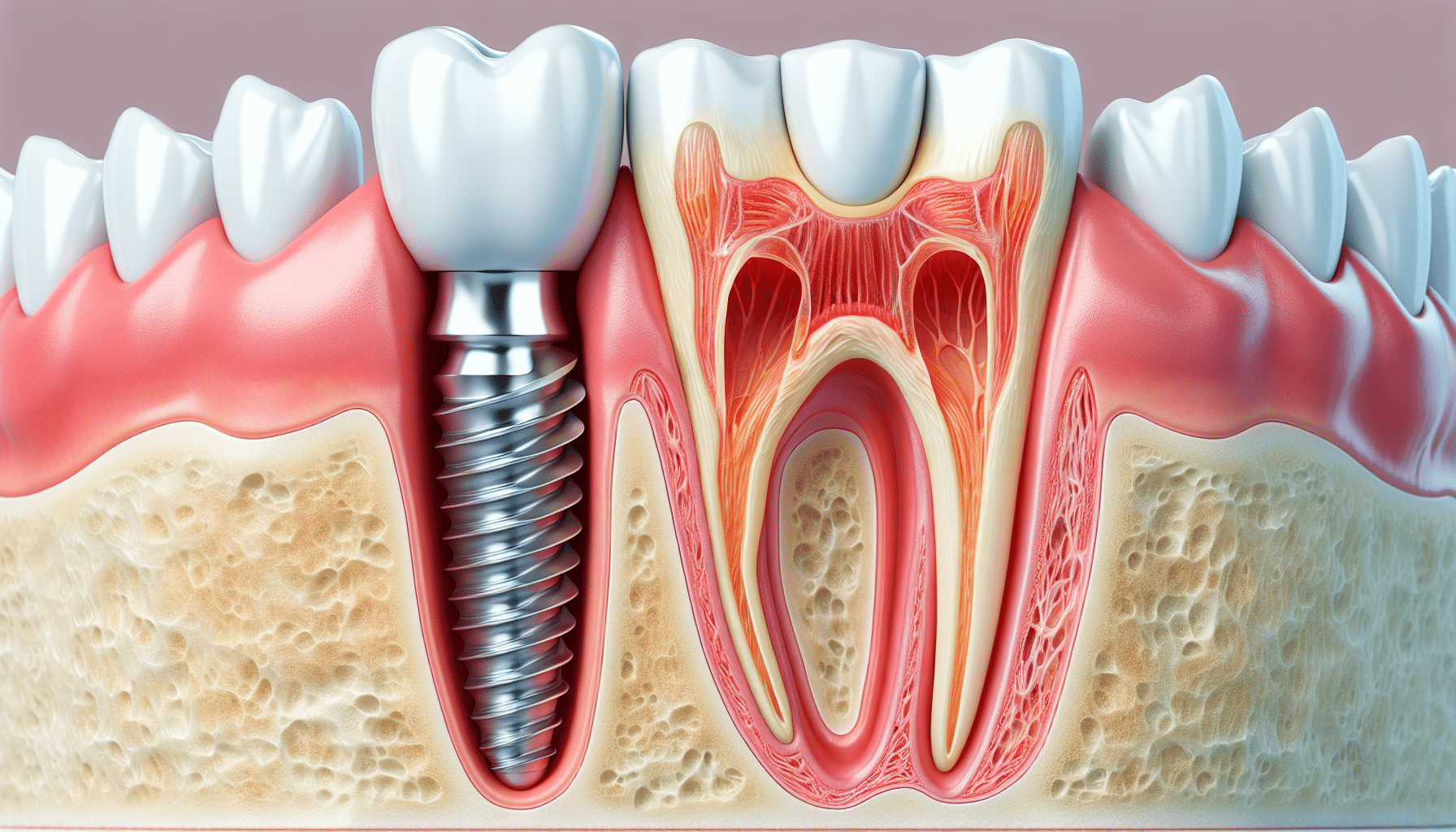How Dental Sense can Save You Time, Stress, and Money.
Table of ContentsThe Dental Sense Diaries7 Simple Techniques For Dental SenseDental Sense for BeginnersNot known Incorrect Statements About Dental Sense
are clinical devices operatively dental implanted right into the jaw to restore a person's capacity to chew or their appearance. They supply support for synthetic (fake) teeth, such as crowns, bridges, or dentures. When a tooth is shed as a result of injury or illness, an individual can experience complications such as quick bone loss, faulty speech, or changes to chewing patterns that cause discomfort.Dental dental implant systems contain an oral implant body and dental implant joint and may also consist of an abutment fixation screw. Professional teeth whitening. The oral implant body is surgically put in the jawbone instead of the tooth's origin. The dental implant joint is typically connected to the implant body by the abutment addiction screw and prolongs through gum tissues into the mouth to sustain the affixed artificial teeth
Cigarette smoking may influence the healing process and reduce the long-term success of the dental implant. The recovery procedure for the implant body might take several months or longer, during which time you generally have a short-term abutment in location of the tooth. the dental implant procedure: Meticulously follow the dental hygiene guidelines given to you by your oral company.
Some Known Factual Statements About Dental Sense
Implant failure can result in the requirement for another surgery to deal with or change the implant system. Recovers the capability to eat Recovers aesthetic look Helps maintain the jawbone from reducing due to bone loss Protects the health of the bordering bone and gums Helps maintain surrounding (close-by) teeth steady Improves lifestyle Damage to surrounding natural teeth during implant placement Injury to the surrounding cells throughout surgery, such as sinus opening Injury during surgical treatment (for example, crack of bordering jawbone) Poor feature, such as really feeling like the teeth do not bite with each other normally A sensation that the tooth hangs or twisting in position arising from a joint screw loosening Implant body failure (looseness of the dental implant body) as a result of systemic infection, which might be more most likely in people with uncontrolled diabetes mellitus as a result of local infection in bone and gums sustaining the implant body as a result of delayed healing, which may be most likely in people that smoke Problem cleaning up the gums around the implant, resulting in bad dental health Without treatment periodontal disease Post-surgical tingling as a result of nerve impingement or damages Constantly notify healthcare suppliers and imaging technicians that you have oral implants prior to any type of magnetic vibration imaging (MRI) or x-ray procedures.
FDA is not mindful of any type of unfavorable events reported for MRI or x-ray treatments with dental implants. Dental implants systems are usually made of materials that comply with worldwide consensus requirements of the International Company for Standardization (ISO) or ASTM International. These requirements have information of what makes a risk-free material.

An oral implant is a framework that replaces a missing out on tooth. With screw-like devices, the doctor inserts a dental implant into the jawbone, and it works as a support for a fabricated tooth, called a crown. A device called an abutment links the artificial tooth to the dental implant. The crown is customized to fit the person's mouth and match the shade of their teeth.
7 Simple Techniques For Dental Sense
Some people are not eligible for oral implant surgical procedure. It is for oral doctors to run on individuals with: acute illnessuncontrollable metabolic diseasebone or soft tissue disease or infectionIf these concerns are dealt with, a person can have the surgery. In, oral doctors abstain from operating people with: If individuals with any one of the above undergo dental implant surgical procedure, there is a greater risk of the dental implant stopping working.

Oral implant surgical treatment is a customized procedure. Provide you time to heal. Connect the article and final crown, bridge or denture.
Next off, your specialist will very carefully place the oral implant into your jaw. If your dental implant is near the front of your mouth, your dental practitioner will make a temporary tooth for you to put on up until you recover.
See This Report about Dental Sense
Your service provider can inform you what to expect in your circumstance. Throughout the healing phase, your jawbone needs to fuse to the dental implant. This process, called osseointegration, is critical for stability and lasting success. This procedure can take anywhere from three to nine months. In many cases, it may take much longer.
When your dental implant heals, your dentist can connect the joint (tiny port article) and your last restoration (crown, bridge or denture). This normally takes concerning one hour to complete and may need a 2nd small surgical procedure. You shouldn't feel any type of discomfort throughout your oral implant treatment since your company will certainly make use of medication to numb your periodontals.
Comments on “What Does Dental Sense Do?”